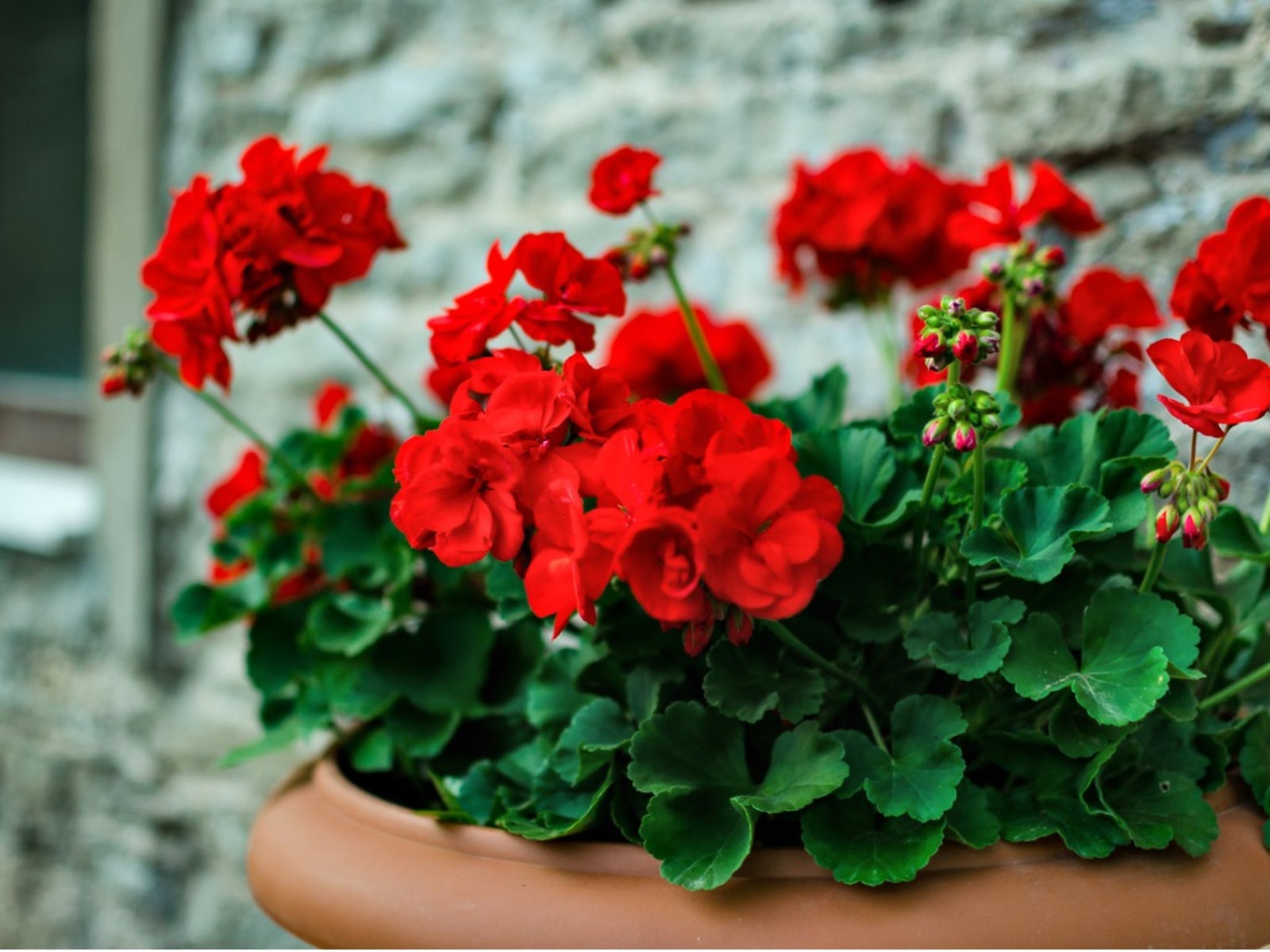Planning Red Gardens: Design Tips And Plants For A Red Garden

The color red emits thoughts of passion, love, joy, and life. For centuries, red has been used to add flavor and emotion to both informal and formal gardens. Red flowers are commonly used in combination with evergreen shrubs for a dramatic contrast. In addition, red flowering plants have a dramatic effect when grouped in masses. More and more gardeners are discovering the bold statement that an entirely red garden has. If you need to bring life and warmth to a particular area of your landscape or simply want a dramatic focal feature, consider a red color scheme.
Planning Red Gardens
Red garden design is much like any other monochromatic garden design. Decide on the best location for your red garden where it can be enjoyed the most. If you want to bring life and color to a quiet corner in your landscape, a red garden is just the thing. Red gardens are also attractive as ring gardens surrounding a group of trees or evergreen shrubbery. The possibilities are endless when it comes to creating an all red garden. Take some time to research garden designs that fit your landscape theme. Magazines, books, and web sites are excellent resources to gather ideas. Keep in mind basic elements of good garden design such as bloom time, plant height, maintenance requirements, and plant habits.
Plants for a Red Garden
To make your red garden design pop, use a variety of perennial and annual plants that are suitable for your growing region. Some all-time favorite red flowering annuals include:
Although these plants all have red-shaded blooms, their foliage, texture, and habit are unique. Flowering perennials will come back year after year and serve as the anchor for your red color scheme. Prime examples of these red flowering plants may include:
- Astilbe is a perennial shrub-like flowering plant with dark red plumes.
- Sedum dragon's blood is a succulent perennial plant that has brilliant red blooms and is very low maintenance.
- The Little Business daylily has bright red blooms and is smaller than the traditional daylily, a perennial favorite.
- Dianthus is a delicate plant that is perfect for edging and has a pinkish/red bloom.
Hardscape Elements for a Red Garden Design
Don't forget to add a variety of hardscape elements to your red garden design. Fountains, bird feeders, benches, stepping stones, and garden lights can help to break up plant groups and define particular areas of your red garden. Planning red gardens is a great way to take advantage of this bright, bold color in the landscape.
Gardening tips, videos, info and more delivered right to your inbox!
Sign up for the Gardening Know How newsletter today and receive a free copy of our e-book "How to Grow Delicious Tomatoes".
-
 12 Lush Alternatives To A Lawn For Sustainable Spaces
12 Lush Alternatives To A Lawn For Sustainable SpacesAlternatives to a lawn are beautiful and also beneficial to your local ecosystem and its pollinators. Explore our top picks for plants to replace grass.
By Tonya Barnett
-
 Types Of Tomatoes Explained: Explore The Many Wonderful Shapes, Colors, Flavors, & Best Uses
Types Of Tomatoes Explained: Explore The Many Wonderful Shapes, Colors, Flavors, & Best UsesThe world of tomato varieties is vast and fascinating. Learn about the key types to grow in your garden, tailored to your preferences and space.
By Amy Grant